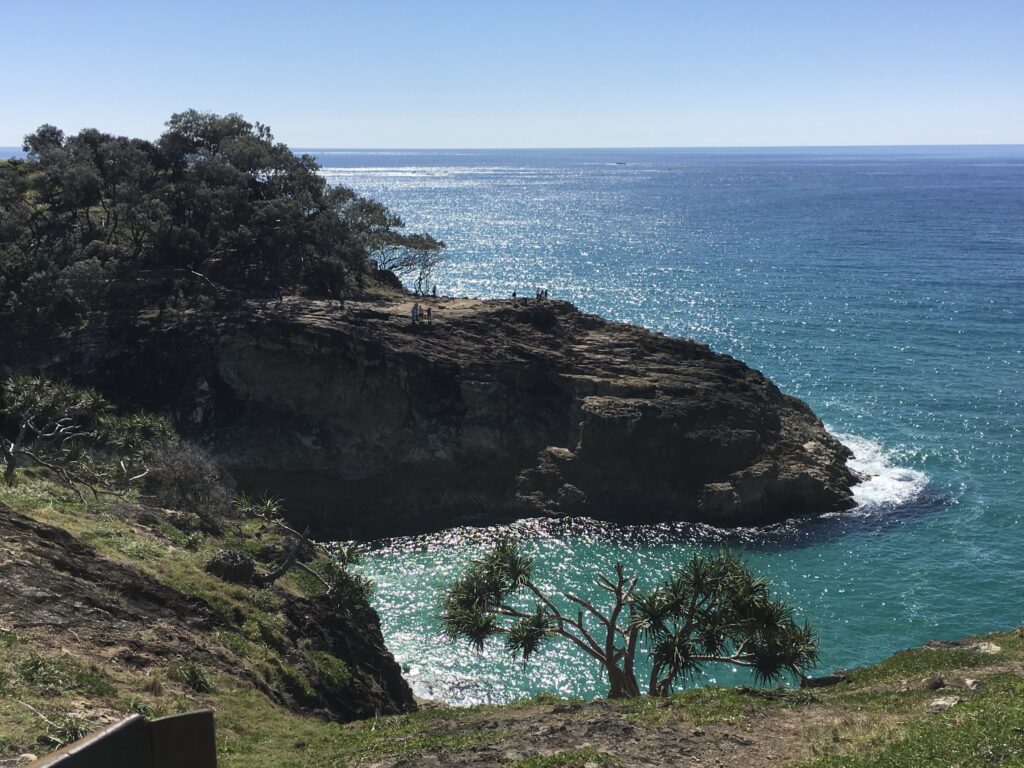All four causes are based on faith in Amitabha and his pure land. This is the most important factor for entry into Sukhavati. We have to really believe in this pure land and in the power of Amitabha to help us at the moment of death. These four factors are encapsulated in the famous Sukhavati Aspiration Prayer by Karma Chagme Rinpoche. There are Amitabha meditations, and many other aspiration prayers, but this is the most widely practiced liturgy for Tibetan Buddhists.
[Note: Sukhavati Aspiration Prayer by Karma Chagme Rinpoche
Karma Chagme, who holds the Kagyu lineage and also the Nyingma lineage, wrote the Sukhavati Aspiration Prayer.
Sukhavati (Tib. Dewachen) is the pure land that very devoted practitioners may enter and continue their practice uninmepded by samsara.
Karma Chagme introduces the Sukhavati Aspiration Prayer with:
“There is no Dharma teaching more profound than this, it is the root of all dharma. Do not treat it with indifference, but take up its practice. Since it is a teaching on the sutra level, you may recite it without lung (reading transmission).”]
[Note: One can download the Sukhavati Aspiration Prayer online. Or, one can order a nicely formatted PDF copy of Karma Chagme’s Aspiration of Sukhavati, for $1.25 USD, from https://namobuddhapub.org/zc/index.php?main_page=product_info&products_id=292]
Tulku Nyima Rinpoche describes an Amitabha practice to do every night. As you lie down to sleep, visualize Amitabha on top of your head; recite his mantra OM AMIDEWA HRIH three times; dissolve the visualization of Amitabha into your heart; feel his bliss and light; then go to sleep with Amitabha tucked into your heart and mind.
Vajrayana students practice an esoteric form of Pure Land Buddhism with meditations on sacred outlook, or pure perception. This is the “Pure Land of the Present Moment,” as Thich Nhat Hanh refers to it.
[Note: “Vajrayana,” or “indestructible vehicle,” is the third of the three yanas, or vehicles, of Buddhism. It has the same view as the second vehicle of the Mahayana, or “great vehicle,” but more methods for realizing that view. It is virtually synonymous with Tibetan Buddhism, and is the guiding yana of this book, Preparing to Die.
The first vehicle is the Hinayana, the “lesser, or narrow,” vehicle. See Part Four of The Buddhist Handbook: A Complete Guide to Buddhist Schools, Teaching, Practice, and History by John Snelling (Rochester, VT: Inner Traditions International, 1991) for a brief summary, or Reginald Ray’s Indestructible Truth: The Living Spirituality of Tibetan Buddhism (Boston: Shambhala Publications, 2000) and Secrets of the Vajra World: The Tantric Buddhism of Tibet (Boston: Shambhala Publications, 2001) for a comprehensive exploration of the three yanas.]
Sacred outlook is an important preparation for the bardos because a key instruction, while in the bardo, is to see everything as perfectly pure. This shifts our relationship to whatever arises. It erases our tendency to poison experience with passion, aggression, or ignorance. These three root poisons are the spark plugs that drive the engine of samsara: I want it (passion); I don’t want it (aggression); I couldn’t care less (ignorance). They define our existence. The three poisons transform an inherently pure world into the impure land of daily life. In the bardo, this impure perception hurls us into an impure birth.
[Note: The three root poisons lie at the center of the Wheel of Life, and are represented by a pig (ignorance), rooster (passion), and snake (aggression), each feeding on each other and emerging from each other. Fundamentally, aggression emerges from passion, which emerges from ignorance—the root of the other two roots.]
Because Vajrayana (esoteric) Buddhism emphasizes pure mind, it’s easy to dismiss the exoteric schools and their emphasis on Pure Land.
Many people dismiss the Pure Land tradition as easy or lazy Buddhism. They denigrate it as being for those who can’t handle the rigors of “real” Buddhism.
Some writers say the pure lands are for beginners.
For others it sounds theistic: Amitabha sounds like God and Sukhavati sounds like heaven.
But the Buddha taught on Sukhavati, and some of the greatest masters in Tibetan Buddhism wrote extensively about it. They spurred their disciples to engage in the practices to get there.
[Note: Scholars estimate that Pure Land teachings comprise over 13 percent of all the scriptures in the Chinese canon. Over 290 sutras and shastras deal with Pure Land doctrine. This does not include all the teachings on Sukhavati found in the tantras. See Approaching the Land of Bliss: Religious Praxis in the Cult of Amitabha (Honolulu: University of Hawaii Press, 2004), edited by Richard Payne and Kenneth Tanaka, chapter 1.]
Even though there is no Pure Land sect in Tibetan Buddhism, there is a strong Pure Land orientation.
It’s also tempting to regard Sukhavati as merely symbolic. But Sukhavati is just as real, or unreal, as this earth.
[When Thrangu Rinpoche was asked about the symbolic interpretation of Sukhavati, he was adamant that it’s not just a symbol. He asserted that Sukhavati exists and dismissed the cleverness of viewing Sukhavati as merely a heuristic. From a tantric Pure Land point of view, any environmental manifestation, good or bad, comes from the mind. It does not truly exist externally, from its own side, out there, and independent of us.]
Sukhavati is a place, created by the merit of Amitabha, for people like us. We should take it seriously. For most of us, going to Sukhavati is the best thing we can do after we die.
Source: Holecek, Andrew. Preparing to Die: Practical Advice and Spiritual Wisdom from the Tibetan Buddhist Tradition. Boston & London: Snow Lion, 2013.

All four causes are based on faith in Amitabha and his pure land. This is the most important factor for entry into Sukhavati. We have to really believe in this pure land and in the power of Amitabha to help us at the moment of death. These four factors are encapsulated in the famous Sukhavati Aspiration Prayer by Karma Chagme Rinpoche.
(Andrew Holecek, Preparing to Die)
